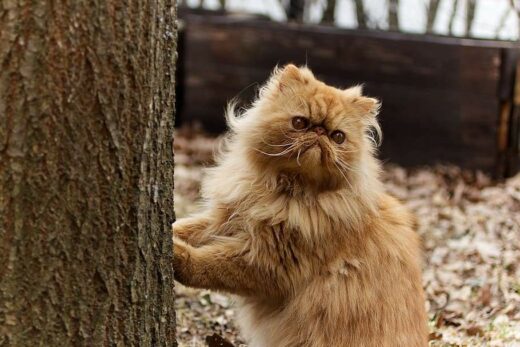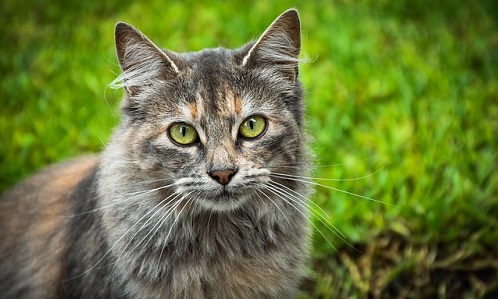As pet parents, we accept that cleaning up the occasional mess is simply part of what we signed up for. The sound of your cat hacking up a hairball may be typical background noise at this point… but does that mean it’s normal?
When it comes to cats, what’s the difference between hairballs and vomiting? How do you know when your cat’s messes are something to be concerned about? Keep reading to find out!
Hairballs, Regurgitating, and Vomiting: What’s the Difference?
Whether you witness the incident or only notice the evidence on the ground while walking past it, there’s no denying the fact that no matter how adorable they may be, our cats can sometimes be a little… gross.
“Vomiting” is a bit of a broad term. In fact, hairballs and regurgitation—two relatively common feline behaviors—aren’t technically considered vomiting at all. So, what’s the difference?
Hairballs
Feline hairballs occur because, as cats groom themselves with their tongues, they inevitably ingest some hair along the way. While some hair can pass through the digestive tract, excess hair isn’t able to be fully digested and eventually makes its way back up.
While the occasional hairball is typically nothing to be worried about, frequent hairballs could be a sign of a health issue—overgrooming, excessive shedding, or digestive issues, for example.
Regurgitation
Regurgitation occurs quickly and without warning, immediately after your cat finishes eating or drinking. If your cat spits up food without abdominal contractions/retching, she’s regurgitating her food rather than throwing it up. Regurgitated food is typically undigested.





